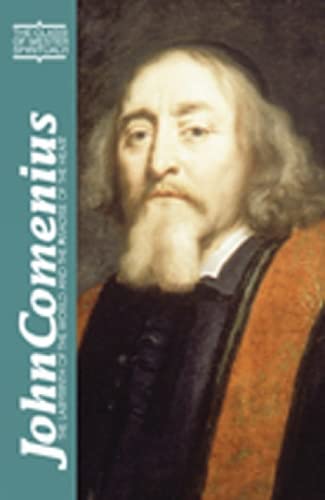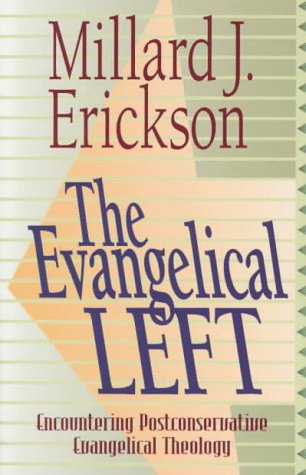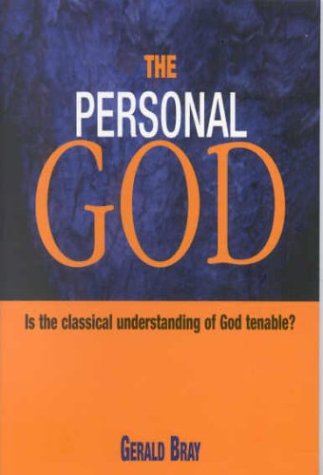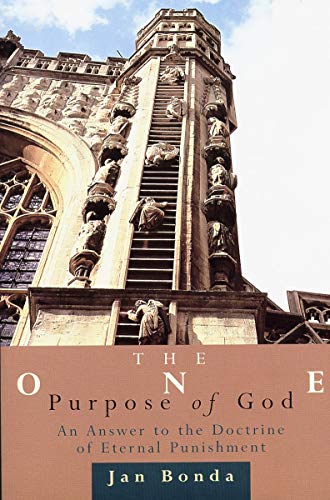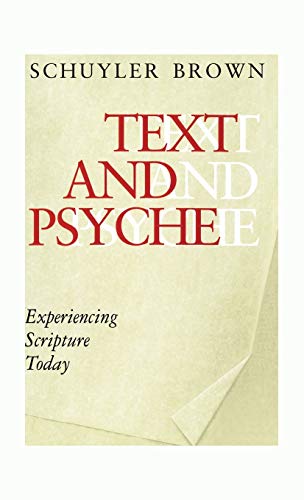Pentateuch/Torah Mercer Commentary on the Bible Volume 1
Written by Mills, Watson E. and Richard F. Wilson (eds.) Reviewed By Augustine PagoluPacked with information, this volume, the first of a series, contains two sections: appropriate articles from the Mercer Dictionary of the Bible (1990), then commentaries on the individual books of the Pentateuch from the Mercer Commentary on the Bible (1995).
The aim of this series is to provide convenient introductory texts for the classroom, and the editors achieve their purpose admirably. I have often thought that there is invaluable material in IVP’s New Bible Commentary and New Bible Dictionary, but these are often inaccessible due to their cost, or inconvenient for classroom use on account of their size. They are meant to be reference works, and serve that purpose very well. It would be worthwhile for something like this to be attempted from NBC/NBD for theological students of conservative persuasion.
The volume under review is a well-organised and well-written book by some outstanding scholars in the field. The ten introductory articles deal with general themes such as cosmology, covenant, creation, etc., and are informative and comprehensive. Themes are presented in the light of biblical materials, and a general Hebrew/Christian idea is established before comparison is made with relevant ancient Near Eastern materials. While the articles are well presented, a scepticism about sources, historical events and miracles is sometimes apparent (82, 93, 119–20, 146). For instance, information on the date, the plagues and the route of the Exodus is presented in a balanced way, but the literary interpretation of these stories is emphasised more than their historical possibility (xxviii, xxix). Similarly, the article on OT Law is comprehensive, but its abiding value is obscured by the final comments: ‘Because it is historically conditioned, no law or interpretation of law can be considered privileged simply by its being attributed to divine origin’ (xli). The article on Religion of Israel concentrates on prophetic assessment, and hardly mentions the cultic practices of Israel. On the other hand, the articles on The Ten Commandments and Moses are well presented in the light of the relevant ancient Near Eastern materials.
In the commentary section, each book is divided into logical sections and explained systematically though not verse by verse. The authors make every effort to get to the meaning of the text faithfully and explain clearly, without getting lost in the details of composition. All the authors follow the JEDP source analysis while acknowledging the possibility of reading the books synchronically. However, only lip service is paid to the contributions of Robert Alter, while no mention is made of the major critiques by Rolf Rendtorff and Norman Whybray. The influence of Albrecht Alt is still felt in the interpretation of covenant stories as myths (e.g. Gen. 15, pp. 33–35), ignoring R.S. Hess’s study in He Swore an Oath (1993). Regarding clean and unclean animals in Leviticus, Mary Douglas’s anthropological interpretation is taken as the ‘most credible explanation’ (131), ignoring alternative explanations by Walter Houston in Purity and Monotheism(1993).
There are a number of errors, e.g. ‘Isaac’, not ‘Jacob’ (54); ‘four decades’, not ‘four centuries’ (72). Also, the incomplete bibliographic information and the lack of a list of abbreviations assume that the MCB and MDB are accessible to the reader, which is not always the case. But on the whole, this volume is to be highly commended for what it achieves within its limited scope. It is perhaps the most convenient textbook for a classroom setting.
Augustine Pagolu
South Asia Institute of Advanced Christian Studies, Bangalore



